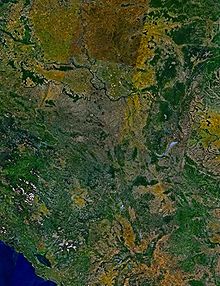
Serbia, officially the Republic of Serbia, is a landlocked country in Southeast and Central Europe, situated at the crossroads of the Pannonian Basin and the Balkans. It shares land borders with Hungary to the north, Romania to the northeast, Bulgaria to the southeast, North Macedonia to the south, Croatia and Bosnia and Herzegovina to the west, and Montenegro to the southwest. Serbia claims a border with Albania through the disputed territory of Kosovo. Serbia has about 6.6 million inhabitants. Its capital Belgrade is also the largest city.

Vojvodina, officially the Autonomous Province of Vojvodina, is an autonomous province that occupies the northernmost part of Serbia, located in Central Europe. It lies within the Pannonian Basin, bordered to the south by the national capital Belgrade and the Sava and Danube Rivers. The administrative center, Novi Sad, is the second-largest city in Serbia.
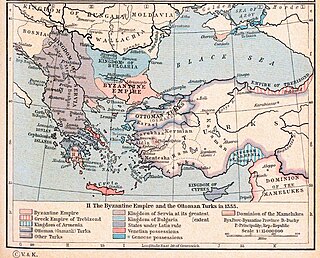
The history of Serbia covers the historical development of Serbia and of its predecessor states, from the Early Stone Age to the present state, as well as that of the Serbian people and of the areas they ruled historically. Serbian habitation and rule has varied much through the ages, and as a result the history of Serbia is similarly elastic in what it includes.

Central Serbia, also referred to as Serbia proper, is the region of Serbia lying outside the autonomous province of Vojvodina to the north and the autonomous province of Kosovo and Metohija to the south. Central Serbia is a term of convenience, not an administrative division of Serbia as such, and does not have any form of separate administration.
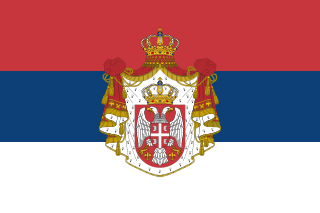
The Kingdom of Serbia was a country located in the Balkans which was created when the ruler of the Principality of Serbia, Milan I, was proclaimed king in 1882. Since 1817, the Principality was ruled by the Obrenović dynasty. The Principality, under the suzerainty of the Ottoman Empire, de facto achieved full independence when the last Ottoman troops left Belgrade in 1867. The Congress of Berlin in 1878 recognized the formal independence of the Principality of Serbia, and in its composition Nišava, Pirot, Toplica and Vranje districts entered the South part of Serbia.

Most of the territory of what is now the Republic of Serbia was part of the Ottoman Empire throughout the Early Modern period, especially Central Serbia and Southern Serbia, unlike Vojvodina which passed to Habsburg rule at the end of the 17th century.

The Socialist Republic of Serbia, previously known as the People's Republic of Serbia, was one of the six constituent republics of the Socialist Federal Republic of Yugoslavia in what is now the modern day states of Serbia and the disputed territory of Kosovo. Its formation was initiated in 1941, and achieved in 1944–1946, when it was established as a federated republic within Yugoslavia. In that form, it lasted until the constitutional reforms from 1990 to 1992, when it was reconstituted, as the Republic of Serbia within the Federal Republic of Yugoslavia. It was the largest constituent republic of Yugoslavia, in terms of population and territory. Its capital, Belgrade, was also the federal capital of Yugoslavia.
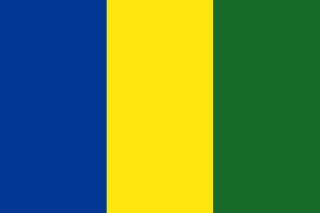
Vojvodina Autonomist Movement, or colloquially the Autonomists is a political movement in the Serbian province of Vojvodina that advocates more autonomy for Vojvodina within Serbia.
The subdivisions of the Kingdom of Yugoslavia existed successively in three different forms. From 1918 to 1922, the Kingdom of Yugoslavia maintained the pre-World War I subdivisions of Yugoslavia's predecessor states. In 1922, the state was divided into 33 oblasts or provinces and, in 1929, a new system of nine banates was implemented.

The following outline is provided as an overview of and topical guide to Bulgaria:

The following outline is provided as an overview of and topical guide to Kosovo, a polity in the Balkans.

The following outline is provided as an overview of and topical guide to Montenegro:
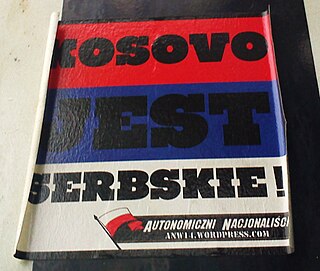
"Kosovo is Serbia" is a slogan that has been used in Serbia since the 1980s, later popularized as a reaction to Kosovo's 2008 declaration of independence from Serbia.
Cultural heritage of Serbia represents the totality of national cultural heritage in Serbia as defined by Serbia's Law on Cultural Goods. Some of national heritage sites in Serbia are also World Heritage Sites.
This is a list of historical administrative divisions of Serbia since the establishment of the Principality of Serbia until today.

Aleksandar Čotrić is a politician in Serbia. He has served several terms in the National Assembly of Serbia since 1994 as a member of the Serbian Renewal Movement. He was also an executive member of Belgrade's municipal government from 1997 to 2000 and a deputy minister in Serbia's government from 2004 to 2007, with responsibility for the Serbian diaspora.
Petar Jojić is a Serbian politician. He has served several terms in the National Assembly of Serbia as a member of the far-right Serbian Radical Party and was justice minister for the Federal Republic of Yugoslavia from 1999 to 2000.
Miroslav Markićević is a politician in Serbia. He served in the National Assembly of Serbia from 2001 to 2020 as a member of New Serbia.
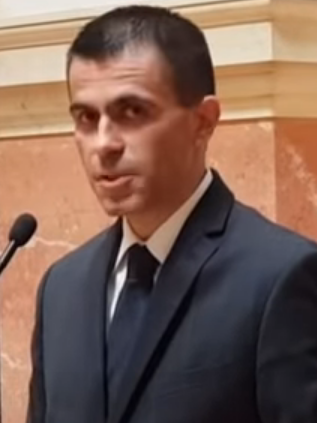
Đorđe Milićević is a Serbian politician serving as minister without portfolio since 2022. A member of the Socialist Party of Serbia (SPS), he also served as acting minister of education after the resignation of Branko Ružić.
Filip Stojanović is a politician in Serbia. He has served several terms in the parliaments of Yugoslavia, Serbia and Montenegro, and Serbia as a member of the far-right Serbian Radical Party.


